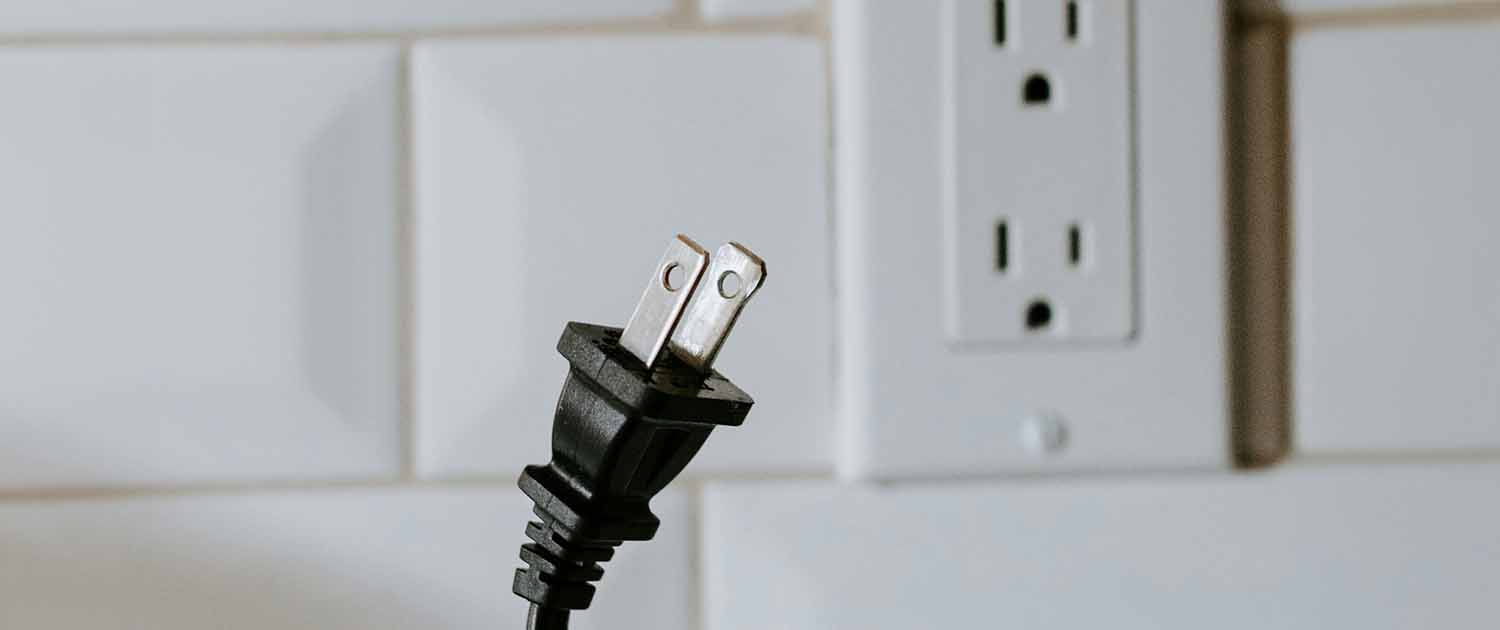Last Friday, 6 September, Kenya experienced a seven-hour nationwide Internet outage due to a significant power blackout.
This was the second power-related Internet outage in the country in a week and the fifth in the last thirteen months. According to Cloudflare Radar, 23 power-related Internet outages across 17 countries have occurred since July 2023, ranging from three to nine hours.
Like many countries worldwide, Kenya has been grappling with an aging power network and increased demand for several years, leading to a drop in reliability and an increase in interruptions. Between 2021 and 2023, Kenya’s System Average Interruption Frequency Index (SAIFI)—a measure of the average number of interruptions a customer experiences— increased from 29.29 to 44.9.
The SAIFI and System Average Interruption Duration Index (SAIDI) are two indices governments use to measure a country’s power resilience. While we don’t currently include these in the Pulse Internet Resilience Index—due to a lack of global, up-to-date open-source data—we recognize that power is one of, if not the most vital component of the Internet. If there is no electricity to power routers, switches, receivers, and data centers, then there is no Internet. As such, decision-makers must consider its resilience in any Internet resilience-related policies and projects.
Without suitable power resilience data, we can consider access to electricity as a potentially helpful indicator to assess and validate a country’s Internet resilience. The following interactive graph compares the Pulse Internet Resilience Index score to the World Bank’s Access to Electricity (% of population) metric for 170 countries.
Between 30% and 90% of the population in half of the 60 countries with an Internet Resilience Index score of less than 40% has limited or no access to electricity, most of which are African.
If we compare Internet usage to access to electricity for these 60 countries, we see that fewer than 50% of the population in 36 countries uses the Internet.
Around 76% of Kenya’s population has access to electricity. The country’s Internet Resilience Index score of 41% ranks 8th in Africa, and its Internet usage rate of 29% ranks 33 in Africa.
Tell Your Own Data-Driven Stories With the Pulse API
Photo by Kelly Sikkema on Unsplash


